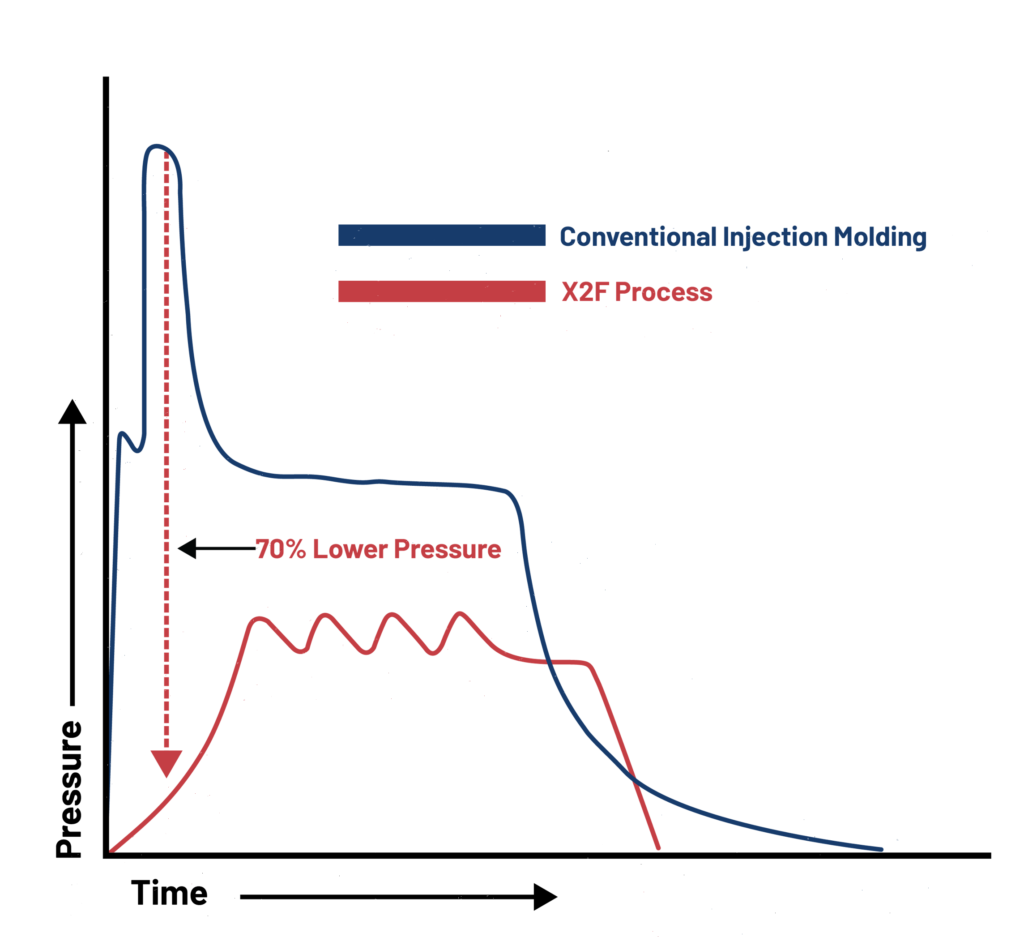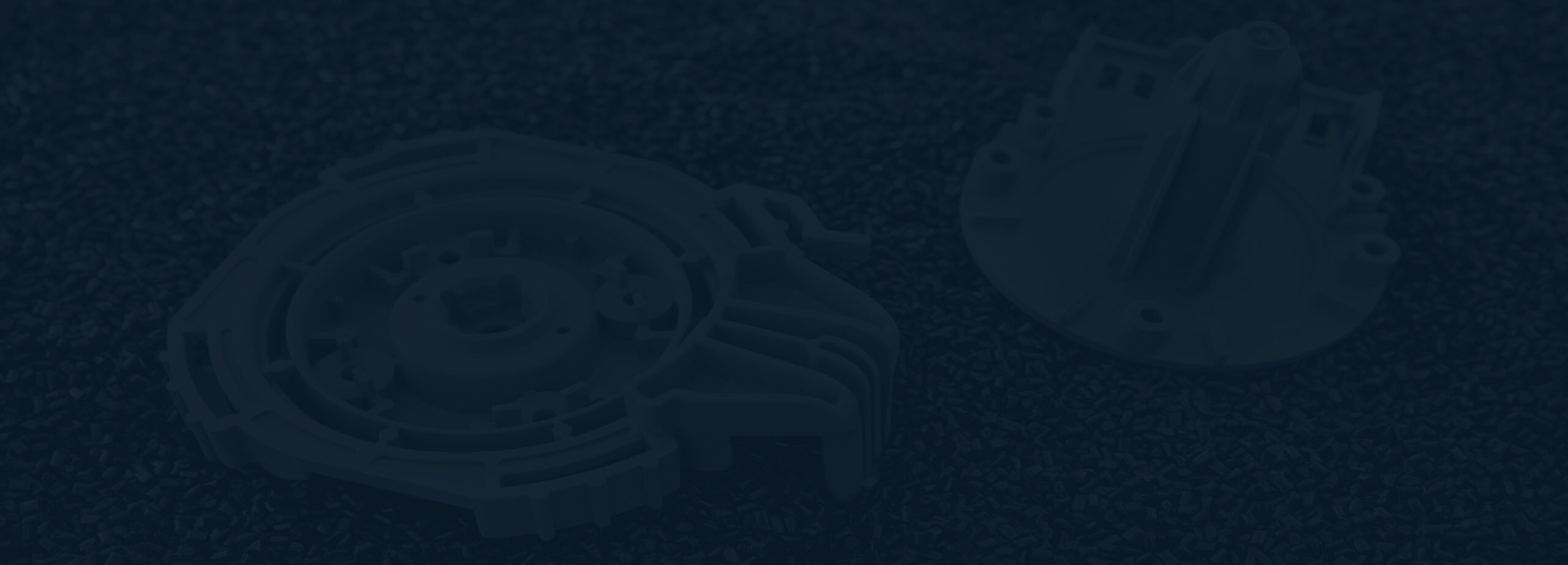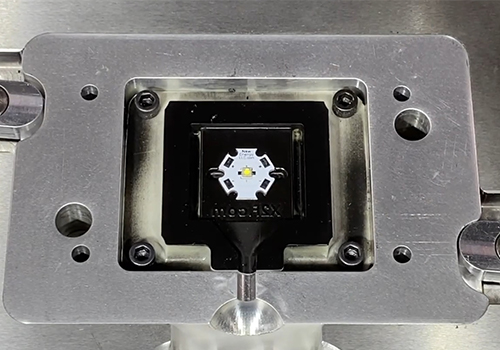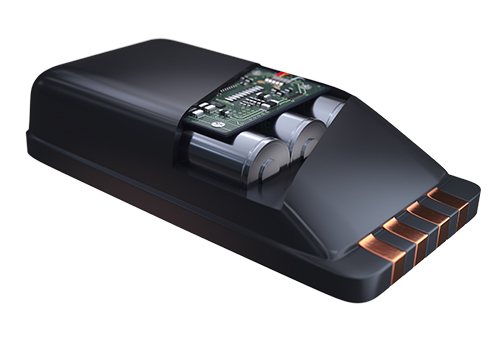Molding Technology Reinvented by X2F
X2F’s revolutionary Controlled Viscosity Molding (CVM) equipment is based on a proprietary technology, offering a game changing alternative to traditional molding. CVM is a radical innovation, enabling high-value advancements in multiple industries that have been limited by complex material processing challenges. CVM addresses these challenges with patented technology, developed over a 15-year period, that performs complex molding using difficult-to-mold materials.






